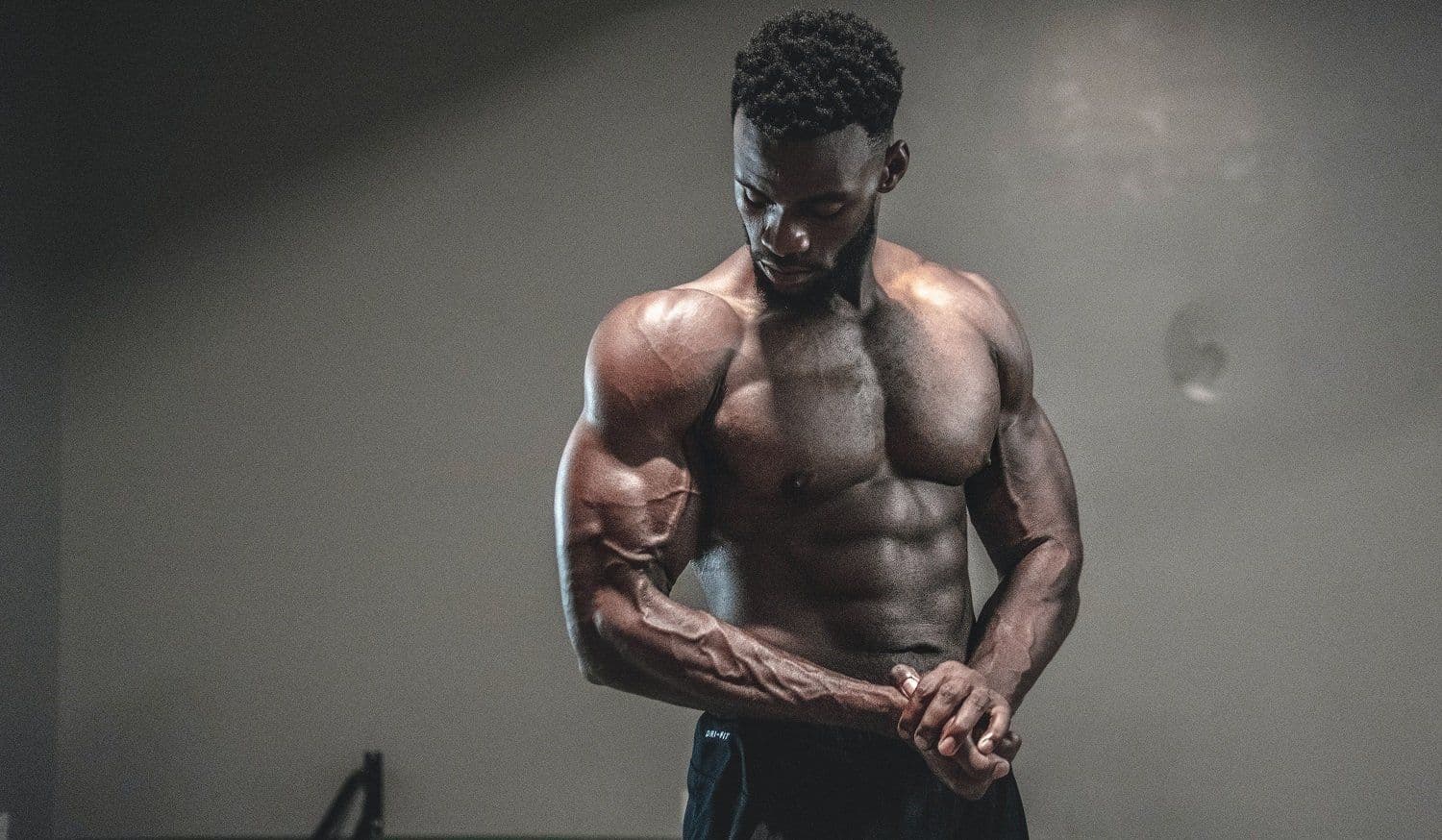Understanding Muscle Growth and Maximizing Exercise Results
We all know that our muscles need movement to be healthy, but we know surprisingly little about why or how exercise builds more muscle. In this article, we will explore how our muscles grow, why they do it, and how to apply this knowledge in our exercise to maximize our results based on evidence.
If we use this type of information in our favor, we can optimize our training taking into account not only evidence-based information, but also our individual characteristics.
How does the Muscle Work?
The contraction of our muscle depends on two very important proteins called actin and myosin. These proteins, that make up the majority of our muscle, are among the most abundant proteins in our body.
How to Activate Muscle Growth?
Recent research has shown that this muscle growth depends on a protein called titan. This protein gets its name from its enormous size, in fact from the largest protein that exists in our body, and it is also responsible for the passive elasticity of the muscle.
How to Stimulate Muscle Growth?
The evidence regarding the recommended percentage of weight we should lift for building new muscle is 70% of the total weight that we can lift in one movement.
How to Workout to Gain Muscle Mass?
The objective of this article is to save you years of training with routines that are not optimal for your goals and to make the most of the studies available nowadays to save you time.
Here are some tips to maximize muscle development:
- Make sure you have the amount of ATP or energy needed to workout. If you want maximum muscle development, train during your eating hours if you're doing intermittent fasting, don't do it during your fasting hours.
- Use supplements. Supplements like creatine give your muscles the necessary resources to workout and also help muscle growth.
- Train lifting 70% of the maximum weight you can lift if hypertrophy is your goal.
- It is more effective to train each muscle group more than once a week. Ideally every 48 hours.
- Incorporate some eccentric exercises for each muscle group. These allow you to work with more weight than concentric or normal exercises and thus stimulate the titan protein even more.
- Make sure you have enough amino acids. We have a threshold called the lucin threshold that is needed to build muscle, so make sure you consume at least 2.5 grams of this amino acid to help you build muscle, otherwise you're impeding muscle building.
For more information, talk to one of our Fitness Experts and get customized advice by submitting a request in ourMavyn website. Also, Nutrition Mavyn Experts will be available in the near future to help you with any nutritional questions you may have.
